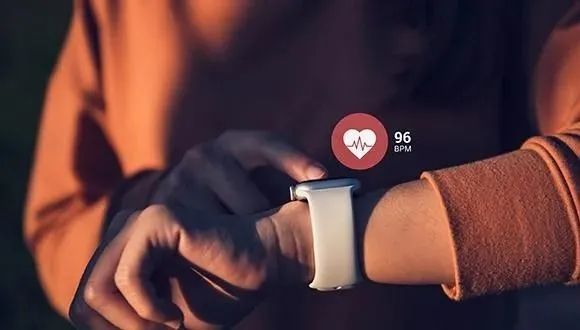
TAU study among top 12 most important in the world
Prof. Yoel Rak’s anthropology study was selected by Science Magazine as one of the scientific breakthroughs of the 2019
Each year, Science Magazine, arguably the world’s most prestigious scientific publication, selects 12 groundbreaking studies from around the world, inviting the public to vote for whichever study they consider the most important. This year, the list includes an Israeli study, done in collaboration with Prof. Yoel Rak, a physical anthropologist from the Sackler Faculty of Medicine, led by researchers from the Hebrew University of Jerusalem, in which scientists were able to reconstruct a human profile of a mysterious group known as the Danisovans, using DNA remnants only.
Who are the Denisovans?
The Denisovans are a group of humans who lived in the east and northeast of Asia until a few tens of thousands of year ago, and differed in their characteristics from the Homo sapiens and Neanderthals who were alive at the time. While the Homo sapiens lived mainly in Africa at that time, the Neanderthals settled in Europe and North Asia, where they met with the Danisovans and mixed with them. Until recently, all of our knowledge about this group was based on a few small pieces of bone, and it is believed that the group’s existence would not have been uncovered except for the development of new methods for the extraction, sequencing and analysis of ancient DNA.
The study by Prof. Rak and his colleagues presented an exciting breakthrough: the restoration of a Denisovan’s face using an epigenetic reconstruction method of ancient DNA, taken from the tip of a young woman’s finger, which was found in Siberia in 2008. This is a study of genetic changes that do not occur in the sequence of DNA letters itself, but affect how genes are expressed in each and every cell.
The study will make it possible to understand the various adaptations made by the Danisovans group to its surroundings, and shed light on features that distinguish us, modern humans, from the other human groups that did not survive to modern times.
Alongside Prof. Rak’s study, the competition at Science also included the first photograph of a black hole, a photo of the space rock Ultima Thula, the skeleton of “Lucy’s” ancestor from 3.8 million years ago, long-term treatment for the HIV virus and other studies from the world of medicine.
Related posts










A Scientific Breakthrough That Will Help Increase Plant Yields in Dry Conditions

Head of Science at the Chan Zuckerberg Initiative Meets TAU’s Scientific Community





